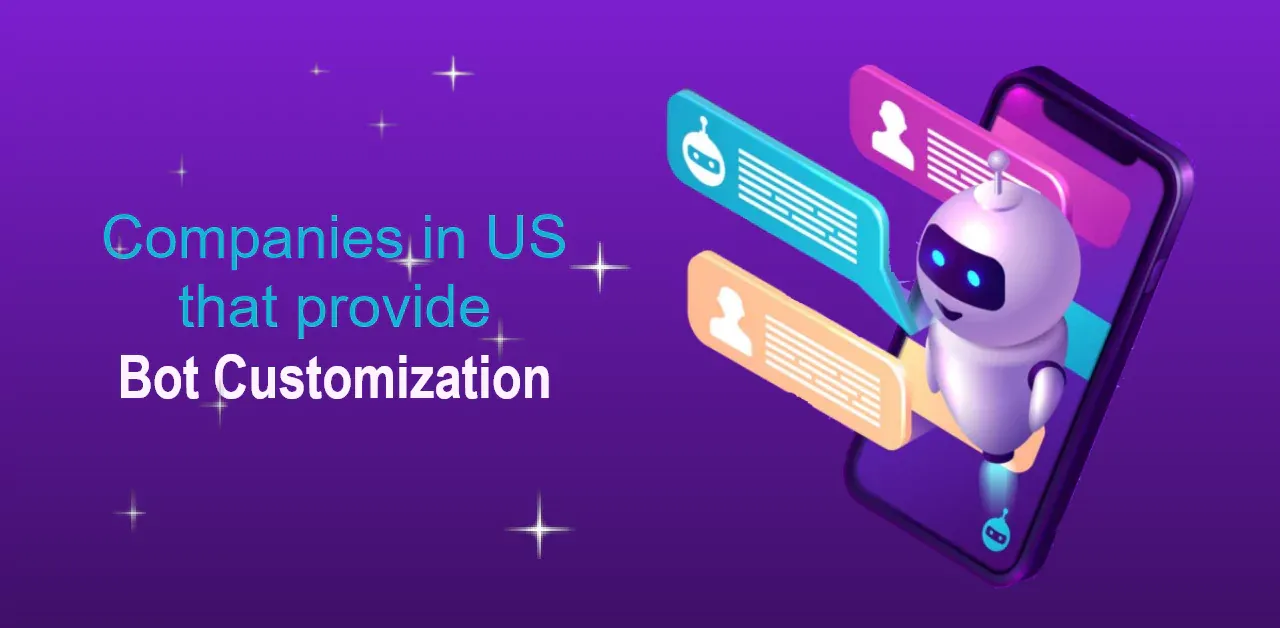Introduction
Since OpenAI's ChatGPT took the world by storm, organizations are racing to develop their own versions of this viral conversational AI. As it reached over 100 million users faster than any consumer application in history.
Major companies like Microsoft, Google, Baidu, and Alibaba are investing billions into generative AI chatbots integrated with their product stacks.
Beyond tech giants, a whole industry of startups is emerging to enable enterprises to quickly deploy "ChatGPT clones" - AI chatbots powered by similar natural language capabilities.
Market research firm Cognilytica projects the AI-as-a-service tools market to reach $37.4 billion by 2027.
However, blindly copying ChatGPT's approach without considering model integrity, ethical risks, and security can create a ripple effect.
Rigorous safety practices around dataset collection, bias mitigation, content filtering, model testing, and human oversight separates responsible ChatGPT clones from reckless replicas.
In this comprehensive guide, we examine critical considerations in developing ChatGPT clones centered on user benefit So let's unpack it all.
Understanding ChatGPT Clones
ChatGPT clones are models that have been trained using the general architecture and ideas of OpenAI's original ChatGPT model.
These models are trained to converse with users and generate human-like responses.
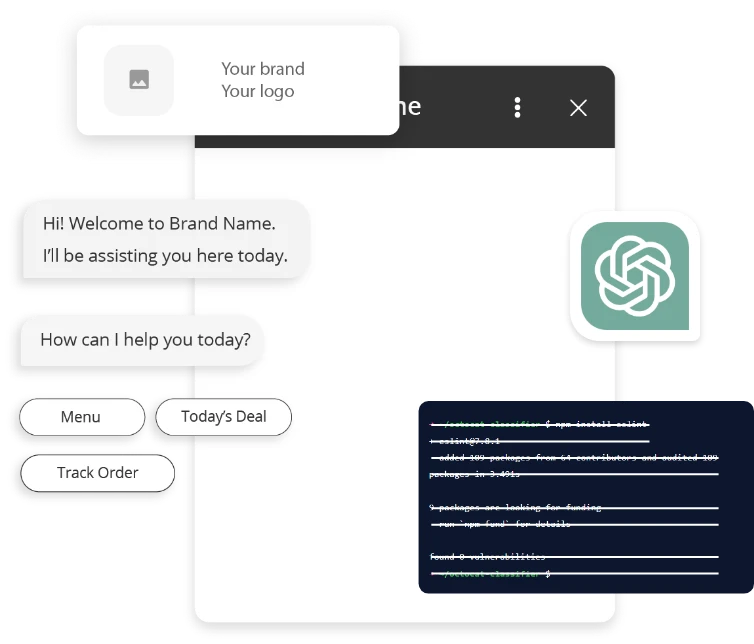
The Rise of ChatGPT Clones
Now you might be thinking, "Why are ChatGPT clones important?" Great question!
The rise of ChatGPT clones has opened up new avenues for experimentation, research, and innovation in NLP.
These clones allow researchers, developers, and hobbyists to explore the capabilities and limitations of the ChatGPT model in different contexts and applications.
Differences from the Original ChatGPT Model
You might be curious to know how ChatGPT clones differ from the original ChatGPT model developed by OpenAI.
While clones follow the general framework of the original model, they may have variations in the dataset used for training, model architecture, or even the fine-tuning process.
These differences can have an impact on the performance and behavior of ChatGPT clones compared to the original model.
Benefits of Using ChatGPT Clones
ChatGPT clones provide a more accessible way for researchers and developers to experiment with and improve upon the ChatGPT model.
They also allow for customization and adaptation to specific use cases, making them incredibly versatile.
Additionally, the existence of ChatGPT clones enables faster innovation and adoption of the technology. Thus, in turn benefits the entire NLP community.
Drawbacks of Using ChatGPT Clones
Of course, like any innovation, ChatGPT clones come with their own set of drawbacks. One concern is the potential for biases in the training data used by different clone developers, which can affect the responses generated.
Another aspect to consider is the varying levels of performance and usability across different ChatGPT clones.
Some clones may not have the same level of quality or reliability as the original model. Hence, it's important to evaluate the specific clone you're using.
How ChatGPT Clones Work
ChatGPT clones are powered by impressive neural networks and deep learning techniques.
These clones operate on the same fundamental architecture as the original ChatGPT model, allowing them to generate human-like responses. Let’s look at them in detail.
Role of Neural Networks and Deep Learning
Neural networks and deep learning play a crucial role in the magic of ChatGPT clones. These clones are built using transformer models, which are designed to process and understand sequential data like text.
By utilizing a multi-layered structure of self-attention mechanisms, these models can capture the context and relationships of words. It further enables them to generate coherent and relevant responses.
Training Process and Data Input
Developing ChatGPT clones involves an iterative training process. First, a large dataset of conversational data is collected, which can be sourced from various places like online forums, social media, or even domain-specific conversations.
This data is then used to train the clone model. Then fine-tuning it to produce accurate and fluent responses based on the user input.
The training process involves optimizing various parameters to achieve the desired performance.
It helps businesses quickly build chatbots for engagement, lead generation, marketing automation, customer support, eCommerce, & any other custom purpose.
- WhatsApp Chatbot
- Facebook Chatbot
- WordPress Chatbot
- Telegram Chatbot
- Website Chatbot
- Squarespace Chatbot
- woocommerce Chatbot
- Instagram Chatbot
- Shopify Chatbot
Use Cases of ChatGPT Clones
ChatGPT clones have numerous real-world applications that can make lives easier and more enjoyable. So,let’s see that.
Industries and Domains that can Benefit
ChatGPT clones have a broad range of applications across different industries and domains. In chatbot development, these clones can enhance the conversational capabilities of chatbots.
Thus making them more engaging and effective in delivering information.
Moreover, in the field of virtual assistants, ChatGPT clones can provide users with personalized assistance. It helps with tasks like scheduling, reminders, or even engaging in conversations.
Healthcare
In the healthcare industry, ChatGPT clones can offer support by answering general queries about symptoms, providing basic medical advice, or even suggesting when to seek professional help.
This can be particularly useful in scenarios where immediate access to medical professionals is not feasible.
Education
In the field of education, ChatGPT clones can assist students by answering questions, providing explanations, and even offering personalized study recommendations.
With the ability to support individualized learning, these clones can act as virtual tutors. It enables students to gain knowledge and overcome challenges.
Entertainment and Gaming
ChatGPT clones can also add an element of fun and excitement to entertainment and gaming experiences.
Imagine interacting with lifelike characters in video games or having engaging conversations with virtual movie or book characters. These clones can create interactive narratives and enhance immersive storytelling.
Using BotPenguin, you can create a ChatGPT clone for multiple platforms without worrying about the technical aspects.
Suggested Reading:
How to Create a ChatGPT Clone
If you're eager to create your very own ChatGPT clone from scratch, you've come to the right place! Follow this step-by-step guide, and you'll be well on your way to building your own conversational AI masterpiece.
Prerequisites and Tools
Before diving in, there are a few things you'll need to have in your tool belt. Here's what you'll need:
- A strong foundation in Python programming
- Familiarity with deep learning frameworks like TensorFlow or PyTorch
- Knowledge of natural language processing (NLP) concepts
- Access to a powerful machine or cloud infrastructure to handle the computational requirements of training large language models
Now that you're all set, let's get started!
Steps to Follow
Follow these steps to create your own ChatGPT clone.
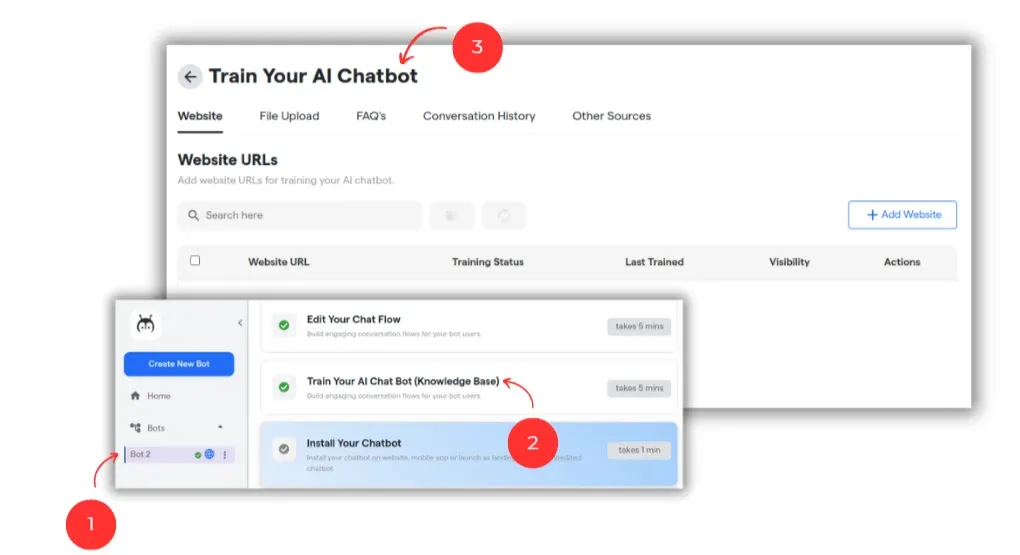
Step 1
Dataset Collection
The first step is to gather a diverse and relevant dataset of conversational text. You can source this from various places like online forums, social media platforms, or even domain-specific chats.
Remember, the quality and diversity of your dataset will greatly affect the performance of your clone, so aim for variety!

Step 2
Preprocessing and Tokenization
Once you have your dataset, it's time for some cleaning and preprocessing. Remove any irrelevant information, handle special characters, and normalize the text.
Then, tokenize the text into smaller units, such as words or subwords, to make it more manageable for training.
Step 3
Model Development
Now it's time to design and implement the model architecture for your clone. Transformer-based models, like those used in the original ChatGPT, are a popular choice.
Check out the libraries available in TensorFlow or PyTorch that provide pre-built transformer components for you to leverage.
Customize the architecture to suit your specific use case, considering factors like model size, layer count, and attention mechanisms.
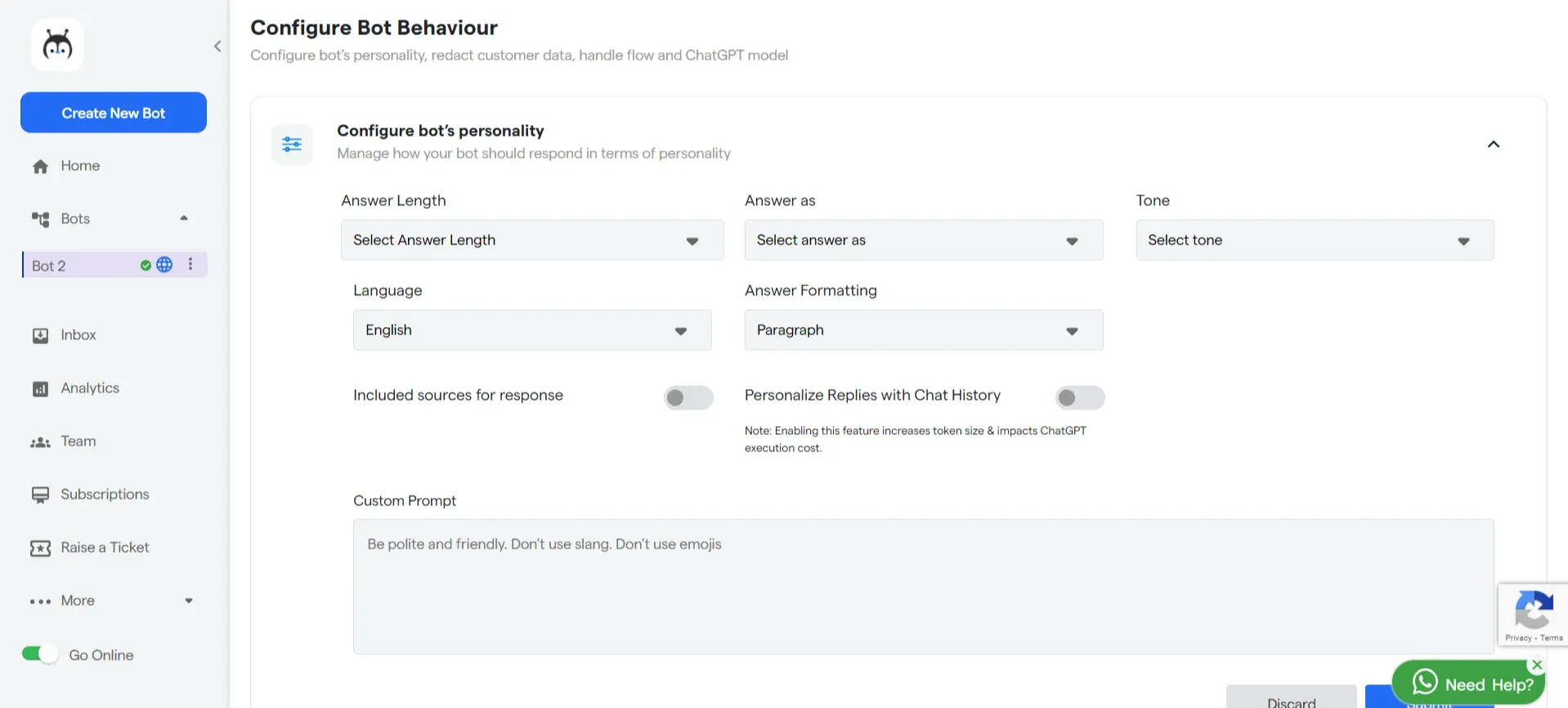
Step 4
Training and Fine-tuning
Once your model is ready, it's time to train it using your preprocessed dataset. This typically involves running multiple iterations or epochs, tweaking hyperparameters, and optimizing performance.
But don't stop there!
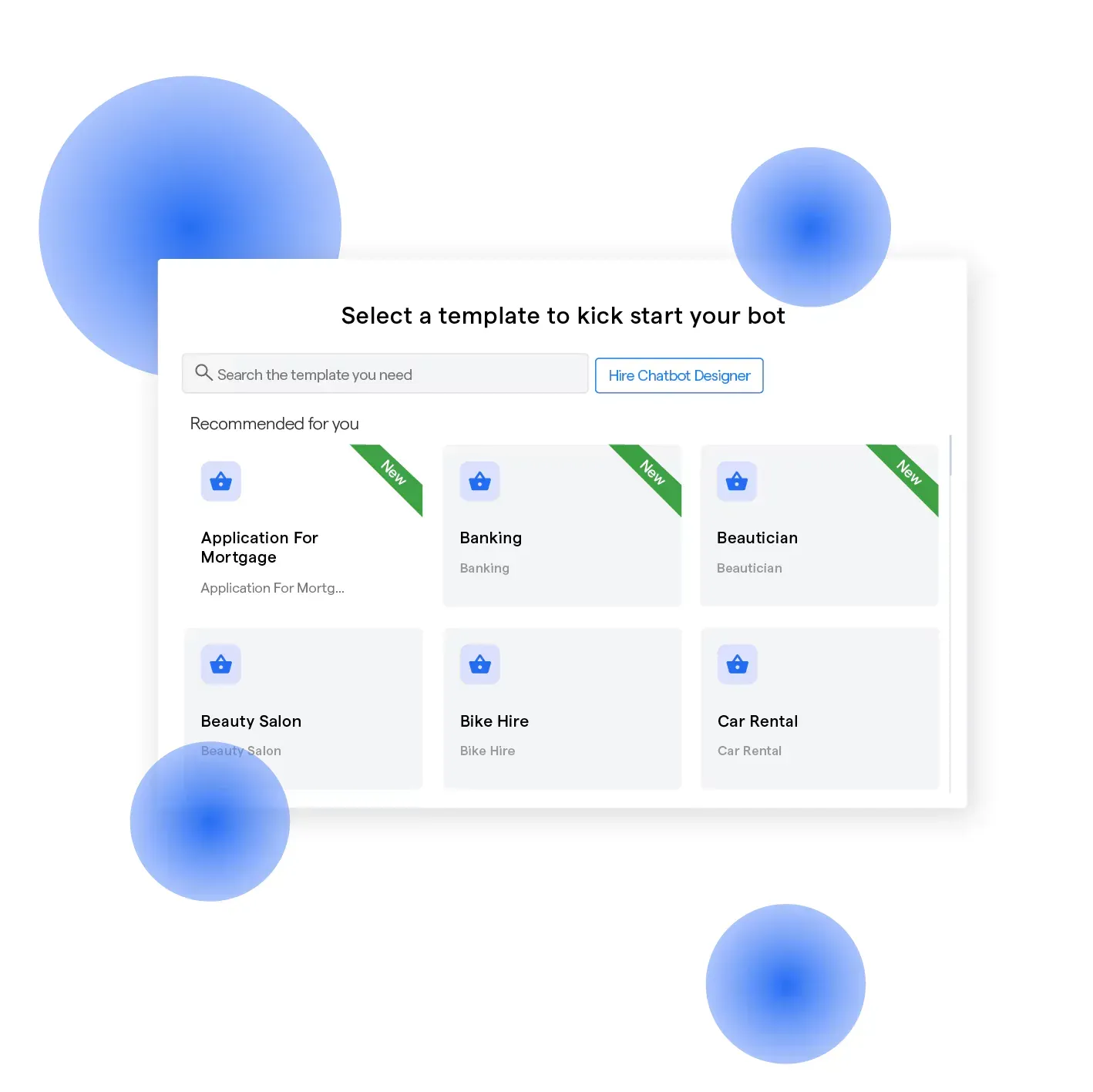
Fine-tune your model by exposing it to feedback from actual users and real-world interactions. This will help your clone learn to generate accurate and contextually appropriate responses.
Step 5
Evaluation and Deployment
After training and fine-tuning your clone, it's crucial to evaluate its performance. Metrics like perplexity, BLEU score, or even human evaluation can be used for this purpose.
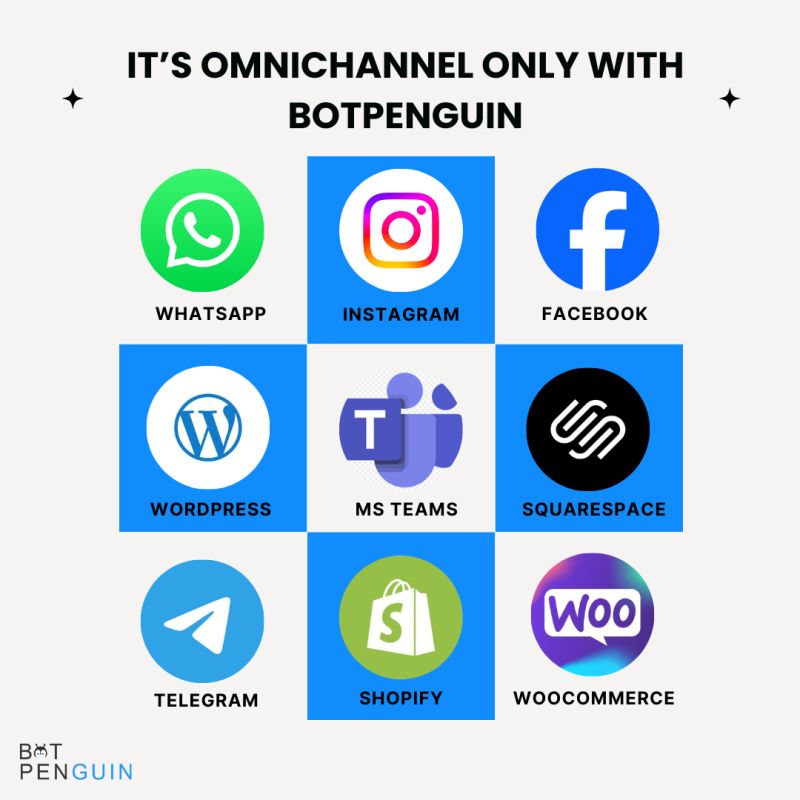
Once you're satisfied with the results, it's time to deploy your ChatGPT clone. Make it available for users to interact with through a user interface or an API, and watch your creation come to life!
Best Practices for ChatGPT Clones
Congratulations on creating your ChatGPT clone!
Now, let's talk about some best practices to optimize its performance and provide a stellar user experience.
Improving Chatbot Responses
To enhance the quality of your clone's responses, consider incorporating the following practices:
- Use context: Incorporate information from previous user interactions to maintain continuity and improve the responsiveness of your clone.
- Implement multi-turn conversations: Allow your clone to handle multi-turn conversations seamlessly, keeping track of the conversation history and generating coherent and relevant responses.
- Use prompts and suggestions: Provide users with prompts or suggestions to guide the conversation and help them interact more effectively with the clone.
Handling Specific User Queries
Certain user queries may require specialized handling to provide accurate and helpful responses. Consider implementing these strategies:
- FAQ handling: Identify frequently asked questions and teach your clone to provide concise and informative answers for them.
- Error handling: Anticipate and handle errors gracefully, providing users with helpful error messages and suggestions for rephrasing their queries.
Reducing Bias in Language Generation
It's essential to be aware of potential biases in language generation and take steps to mitigate them:
- Regularly review and audit your dataset for bias, ensuring it reflects a diverse range of perspectives.
- Implement bias mitigation techniques, such as fine-tuning using a broader range of data sources or using debiasing techniques during training.
With these best practices in your toolkit, you're well-equipped to create high-performing and user-friendly ChatGPT clones that will impress users and spark engaging conversations.
Comparison with Other Chatbot Technologies
When it comes to chatbot technologies, ChatGPT clones compete with other popular approaches like rule-based systems, retrieval-based models, and transformer models.
Let's take a closer look at each of these approaches to help you make an informed decision.

Rule-based Systems
Rule-based systems rely on predefined patterns and rules to generate responses.
They work well for simple tasks and commonly asked questions, but they lack the ability to handle complex or open-ended conversations.
While quick to set up, rule-based systems may struggle with generating creative or contextually appropriate responses.
Advantages
The advantages are the following:
- Easy to set up and maintain
- Excellent for handling frequently asked questions
Limitations
The limitations are the following:
- Limited conversational abilities
- Lack of flexibility and adaptability in handling complex queries
Retrieval-based Models
Retrieval-based models use a predefined set of responses based on similarity matching. They analyze user input and select the most appropriate pre-existing response.
This approach works well for generating fluent and contextually relevant replies, but it can't generate novel responses beyond what's stored in its response bank.
Advantages
The advantages are the following:
- Ability to provide well-crafted, context-aware responses
- More flexibility compared to rule-based systems
Limitations
The limitations are the following:
- Dependency on pre-defined responses
- Limited ability to generate novel or creative responses
Transformer Models
Transformer models, like the original ChatGPT, use deep learning techniques and attention mechanisms to generate responses.
They excel at learning from large datasets and can generate more diverse and contextually appropriate responses.
With fine-tuning, these models can improve their performance and handle a wider range of conversational scenarios.
Advantages
The advantages are the following:
- Ability to capture complex dependencies and generate diverse responses
- Can be fine-tuned for specific use cases and better user experience
Limitations
The limitations are the following:
- Requires substantial computational resources for training and inference
- Prone to generating incorrect or nonsensical responses if not adequately trained

Suggested Reading:
Build Customized Whitelabel ChatGPT Chatbot from Scratch
Conclusion
In conclusion, ChatGPT clones offer an exciting and advanced approach to conversational AI.
By comparing them with other popular chatbot technologies like rule-based systems, retrieval-based models, and transformer models, we can see the unique advantages they bring to the table.
While rule-based systems and retrieval-based models have their merits, ChatGPT clones surpass them in their ability to generate diverse, contextually appropriate, and creative responses.
With the power of transformer models and fine-tuning, these clones can continuously improve and adapt to better serve users.
Looking ahead, the future of ChatGPT clones is full of promising developments. Multi-modal conversations and smarter error handling will further elevate the user experience.
It's important to acknowledge that advancements and innovations in ChatGPT clones will be driven by ongoing research, user feedback, and ethical AI practices upheld by leaders like BotPenguin.
The collaboration between humans and machines will continuously shape the evolution of conversational AI.



